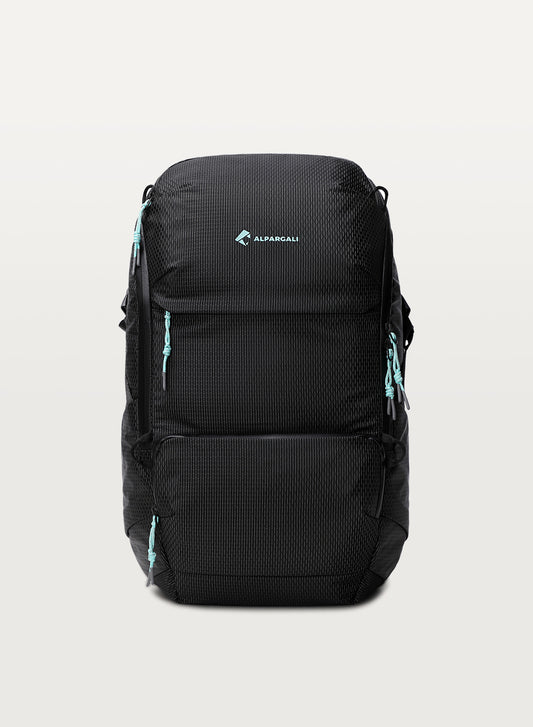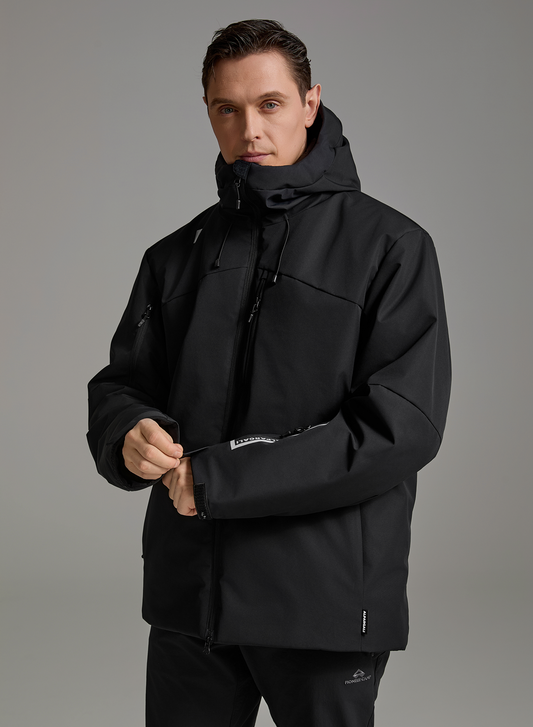
Men's T-shirt Fabric Guide:Merino Wool vs. Cotton vs. Merino Wool Blend
Share
📌 Introduction
T-shirts may look simple, but what they're made of makes a big difference — especially for men who move, sweat, travel, or just want to stay comfortable all day.
In this guide, we explore three of the most popular fabrics used in men’s performance and casual T-shirts:
- 100% Merino Wool
- 100% Cotton
- Merino Wool Blend (e.g. TENCEL™ Modal + Merino Wool + Spandex)
We’ll take a closer look at how each fabric performs, how it feels, and where it works best.
① What Is Merino Wool?
Merino wool is a natural fiber obtained from Merino sheep. It is significantly finer, softer, and more breathable than traditional wool, which makes it suitable for next-to-skin wear.
🔍 Merino Wool Pros & Cons
| ✅ Advantages | ⚠️ Limitations |
|---|---|
| Excellent odor resistance — can be worn for days without smell | Requires gentle care (no tumble dry, best air-dried) |
| Naturally breathable and thermoregulating | May feel warm or heavy in hot, humid climates |
| Soft against skin, even for wool | Lacks elasticity (no stretch unless blended) |
| Biodegradable and renewable | More expensive than cotton |
② What Is Cotton?
Cotton is a widely used natural fiber that’s soft and breathable. It's familiar, affordable, and comfortable — but not always built for performance.
🔍 Cotton Pros & Cons
| ✅ Advantages | ⚠️ Limitations |
|---|---|
| Soft and breathable for casual wear | Absorbs moisture and dries slowly |
| Affordable and widely available | Traps odor and sweat over time |
| Easy to wash and care for | Wrinkles easily and shrinks in wash |
| Feels cool at first touch | Comfort fades quickly in heat or activity |
③ What Is a Merino Wool Blend?

A Merino wool blend combines Merino with other fibers like TENCEL™ Modal (for smoothness and moisture control) and Spandex (for stretch).
This results in a fabric that maintains Merino’s natural performance while enhancing comfort and mobility — ideal for modern activewear.
Example blend:
64% TENCEL™ Modal + 27.5% Merino Wool + 8.5% Spandex
🔍 Merino Blend Pros & Cons
| ✅ Advantages | ⚠️ Limitations |
|---|---|
| Odor-resistant thanks to Merino wool | May be more expensive than cotton blends |
| Breathable, moisture-wicking, and quick-drying | Less insulating than pure Merino in very cold climates |
| Smooth, cool touch (Modal) + good stretch (Spandex) | Needs cool/gentle wash to preserve structure |
| Feels lighter and less clingy in heat | May pill over time depending on knit structure |
| Sustainable (FSC-certified Modal + biodegradable wool) | Not 100% natural, but uses responsible fibers |
📊 Side-by-Side Performance Comparison
| Feature | 100% Merino Wool | 100% Cotton | Merino Wool Blend (Modal + Merino + Spandex) |
|---|---|---|---|
| Breathability | ✅✅ | ✅ | ✅✅✅ |
| Odor Resistance | ✅✅✅ | ❌ | ✅✅✅ |
| Moisture-wicking | ✅ | ❌ | ✅✅✅ |
| Quick Drying | ✅ | ❌ | ✅✅✅ |
| Softness on Skin | ✅✅ | ✅ | ✅✅✅ |
| Stretch & Mobility | ❌ | ❌ | ✅✅✅ |
| Care Requirements | Needs gentle wash | Easy | Gentle wash recommended |
| Warm-weather Suitability | Moderate | Moderate | Excellent |
| Sustainability | ✅ (biodegradable) | ❌ (high water use) | ✅ (FSC Modal + Merino) |
| Best Use | Base layer, mild climates | Casual, short-term wear | Daily wear, summer, travel, active use |
🧠 Final Thoughts for Men
- If you’re looking for a versatile, sweat-fighting, breathable tee that handles city life, light workouts, and travel — Merino wool blends offer the best all-around value.
- For cooler months or base-layer needs, 100% Merino still delivers unbeatable natural performance.
- Cotton? It still works — just know its limits when things get hot and sweaty.
🧍FAQ: Men’s Common Questions
Q: Will the Merino blend T-shirt feel itchy like wool sweaters?
A: No. The TENCEL™ Modal surface feels smooth and cool. It's soft enough for sensitive skin — no itching, even on long days.
Q: Is this something I can wear to work and still feel fresh afterward?
A: Yes — that's one of the strengths of Merino-based blends. They're made to resist odor and wick sweat all day.
Q: Do these shirts require special care?
A: We recommend gentle washing and air-drying. Merino fabrics last longer with less heat and stress.






